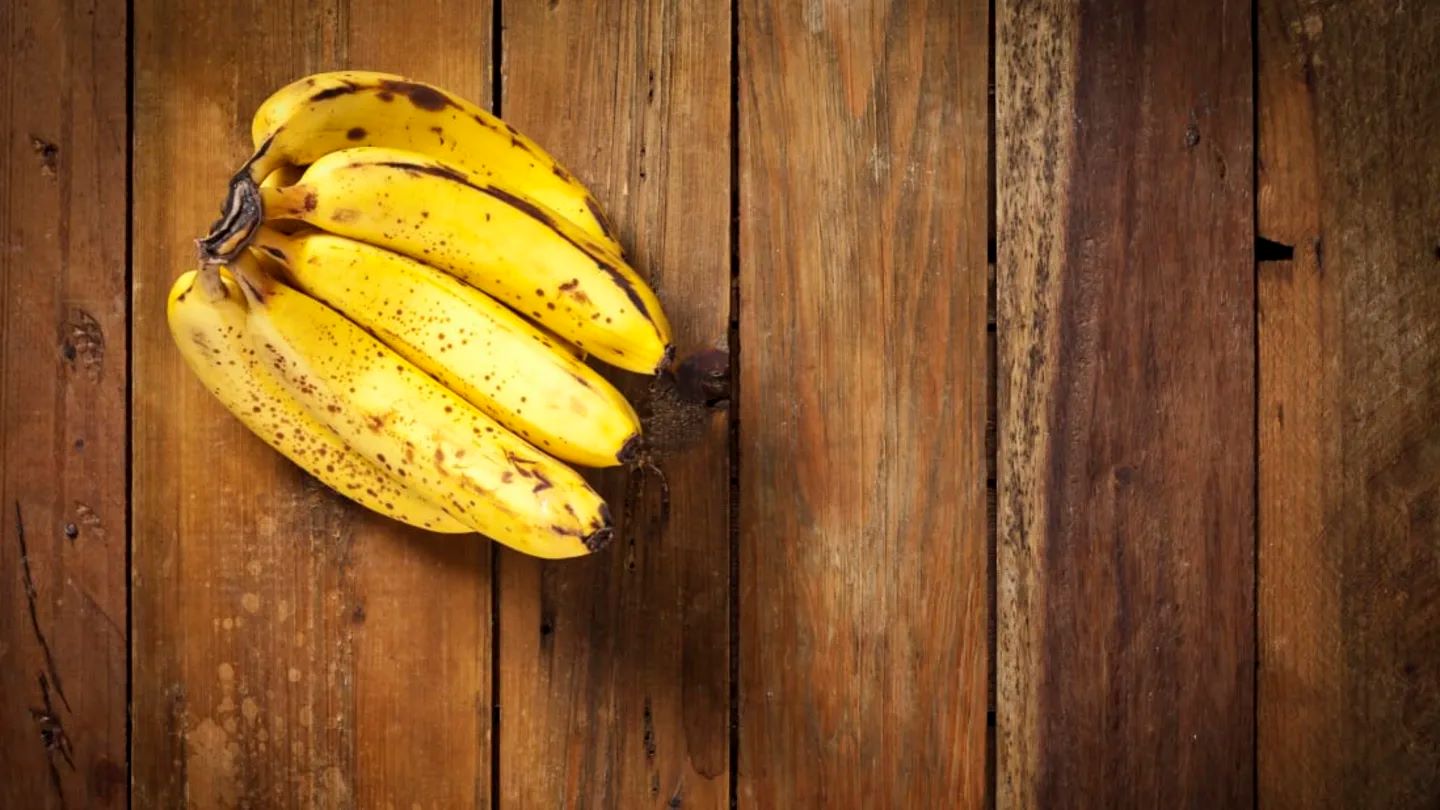

Articles
How To Store Leftover Banana
Modified: March 2, 2024
Learn how to effectively store leftover bananas to prevent them from going bad. Check out our articles for helpful tips and tricks to make the most of your leftover bananas.
(Many of the links in this article redirect to a specific reviewed product. Your purchase of these products through affiliate links helps to generate commission for Storables.com, at no extra cost. Learn more)
Introduction
Have you ever found yourself with a bunch of ripe bananas that no one wants to eat? Perhaps you bought too many at the grocery store or your family just didn’t finish them in time. Instead of letting these delicious fruits go to waste, there are several methods you can use to store leftover bananas and extend their lifespan.
When it comes to preserving bananas, you have a few options. You can refrigerate them, freeze them, dehydrate them, or even use them to make a delicious banana bread. Each method has its advantages and will depend on how you plan to use the bananas in the future. In this article, we will explore each method in detail, so you can make the most of your leftover bananas and enjoy them for weeks to come.
Key Takeaways:
- Don’t let leftover bananas go to waste! Refrigerate, freeze, dehydrate, or bake them into delicious banana bread to enjoy their flavors for weeks to come. Reduce food waste and savor the versatility of bananas.
- Extend the lifespan of ripe bananas with simple storage methods. Refrigerate for a few extra days, freeze for up to three months, dehydrate for a chewy snack, or bake into classic banana bread. Embrace the versatility of this beloved fruit!
Read more: How To Store A Banana
Methods for Storing Leftover Bananas
There are several methods you can use to store leftover bananas, each with its own benefits and considerations. Let’s explore each method in detail:
- Refrigerating Leftover Bananas: One of the simplest ways to preserve bananas is by refrigerating them. This method is ideal if you want to extend their shelf life by a few days. To refrigerate bananas, start by removing them from the bunch and placing them in a plastic bag. You can also wrap them individually in plastic wrap. The key is to keep them away from other fruits, as bananas release ethylene gas, which can cause ripening in nearby produce. Refrigerated bananas may develop brown spots on the skin, but the fruit inside should remain firm and intact. Enjoy them as a snack or use them in smoothies and baking recipes.
- Freezing Leftover Bananas: Freezing bananas is an excellent method if you want to store them for a more extended period. Frozen bananas can last for up to three months, and they are perfect for making smoothies, banana ice cream, or adding to baked goods. To freeze bananas, start by peeling them and cutting them into chunks. Place the banana chunks on a baking sheet lined with parchment paper and freeze them for a couple of hours. Once they are completely frozen, transfer them to a freezer-safe container or plastic bag. Make sure to label and date the container. Frozen bananas can be thawed before use or used directly in frozen recipes.
- Dehydrating Leftover Bananas: If you’re looking for a way to preserve bananas while concentrating their flavors, dehydrating is a fantastic option. Dehydrated bananas make a delicious and healthy snack that can be enjoyed on their own or added to trail mixes and granolas. To dehydrate bananas, start by peeling and slicing them into even slices. Arrange the slices on a dehydrator tray or a baking sheet lined with parchment paper. Set the dehydrator to a low temperature, around 135°F (57°C), or preheat your oven to the lowest temperature possible. Leave the bananas to dehydrate for several hours or until they reach a chewy and slightly crispy texture. Store the dehydrated bananas in an airtight container in a cool, dark place.
- Making Banana Bread with Leftover Bananas: If you have ripe bananas that you’re not going to use in their whole form, why not turn them into a scrumptious loaf of banana bread? Banana bread is a classic and delicious way to use up leftover bananas and enjoy a homemade treat. There are countless banana bread recipes available online, ranging from traditional versions to ones with added nuts or chocolate chips. Simply mash the ripe bananas and follow a recipe that suits your taste. Once baked, let the banana bread cool completely before wrapping it tightly in plastic wrap or storing it in an airtight container. Banana bread can be kept at room temperature for a few days or refrigerated for longer shelf life.
Method 1: Refrigerating Leftover Bananas
Refrigerating leftover bananas is a simple and effective method to prolong their shelf life by a few days. Follow these steps to refrigerate your bananas:
- Start by removing the bananas from the bunch. This will prevent them from ripening too quickly.
- If desired, you can also peel the bananas at this stage. Peeled bananas take up less space in the refrigerator and are easier to use in recipes or as a quick snack.
- Place the bananas in a plastic bag or wrap them individually in plastic wrap. This will help prevent the ethylene gas produced by bananas from ripening other nearby fruits or vegetables.
- Make sure the bag is sealed tightly to keep the bananas fresh and avoid any potential odor from spreading in the refrigerator.
- Store the bag of bananas in the refrigerator, preferably in the crisper drawer or in a spot where they won’t get crushed.
Refrigerated bananas may develop brown spots on the skin, but this is a natural process and does not affect the quality of the fruit inside. The bananas should remain firm and edible for several days, allowing you to enjoy them as a snack or use them in various recipes.
When using refrigerated bananas, you can incorporate them into smoothies, milkshakes, or baked goods. Their slightly chilled state can add a refreshing twist to your favorite recipes. The natural sweetness of the bananas can also enhance the flavors of your dishes.
It’s worth noting that refrigerating bananas will slow down their ripening process but will not stop it completely. If you have overly ripe bananas that you want to preserve for a longer period, you may want to consider freezing them instead.
Method 2: Freezing Leftover Bananas
Freezing leftover bananas is a fantastic way to store them for an extended period and ensure they don’t go to waste. Here’s how you can freeze your bananas:
- Start by peeling the bananas. If the bananas are very ripe and soft, you can simply squeeze the fruit out of the peel into a bowl.
- Cut the bananas into smaller chunks or slices. This will make it easier to use them in recipes or blend them into smoothies later on.
- Line a baking sheet with parchment paper. Arrange the banana chunks or slices on the baking sheet, making sure they are not touching each other.
- Place the baking sheet in the freezer and leave the bananas to freeze for a few hours, or until they are solid.
- Once the bananas are completely frozen, transfer them to a freezer-safe container or plastic bag. Make sure to squeeze out as much air as possible to prevent freezer burn.
- Label the container or bag with the date and the quantity of bananas inside.
Frozen bananas can be stored in the freezer for up to three months, although they are usually best when used within the first two months. When you’re ready to use them, simply take the desired amount of frozen bananas out of the freezer.
You can thaw frozen bananas before use by transferring them to the refrigerator and leaving them overnight. Thawing in the refrigerator will yield soft and slightly mushy bananas, perfect for baking or mashing into recipes.
If you prefer to use frozen bananas directly in recipes, such as smoothies or ice cream, you can blend them straight from the freezer. Frozen bananas provide a creamy and smooth texture to these frozen treats, eliminating the need for additional ice.
By freezing your leftover bananas, you can enjoy them in various ways for months to come, without worrying about spoilage or waste.
Store leftover bananas by peeling and cutting them into chunks, then placing them in an airtight container or resealable bag in the freezer. This way, you can use them for smoothies or baking at a later time.
Method 3: Dehydrating Leftover Bananas
Dehydrating leftover bananas is an excellent way to preserve their flavors and create a delicious, healthy snack. Here’s how you can dehydrate your bananas:
- Start by peeling the bananas and slicing them into even slices. Aim for slices that are about 1/4 to 1/2 inch thick.
- If desired, you can dip the banana slices in lemon juice to help prevent browning. However, this step is optional as the bananas will naturally darken during the dehydration process.
- Arrange the banana slices on a dehydrator tray or a baking sheet lined with parchment paper. Make sure to leave some space between the slices to allow for proper airflow.
- If using a dehydrator, set the temperature to around 135°F (57°C) and let the bananas dehydrate for approximately 8 to 12 hours, or until they reach a chewy and slightly crispy texture. If using an oven, preheat it to the lowest possible temperature, usually around 170°F (77°C), and leave the bananas to dehydrate for a similar amount of time.
- Check on the bananas periodically during the dehydration process to ensure they don’t become overly dry or burnt.
- Once the banana slices have reached the desired texture, remove them from the dehydrator or oven and let them cool completely.
- Store the dehydrated banana slices in an airtight container or a sealable bag in a cool, dark place.
Dehydrated bananas make a convenient and portable snack that can be enjoyed on their own or added to trail mixes, granolas, or baked goods. The dehydration process intensifies the natural sweetness of the bananas, resulting in a chewy and flavorful treat.
When incorporating dehydrated bananas into recipes, you can rehydrate them by soaking them in water or other liquids for a few minutes. Rehydrated banana slices can be used in recipes that typically call for fresh bananas, such as banana bread or pancakes.
By dehydrating your leftover bananas, you can extend their lifespan and enjoy their delightful flavors whenever you desire a healthy and satisfying snack.
Read more: How To Store Mashed Bananas
Method 4: Making Banana Bread with Leftover Bananas
If you have ripe leftover bananas that you’re not going to consume as they are, why not turn them into a delicious loaf of banana bread? Banana bread is a classic and versatile treat that can be enjoyed for breakfast, as a snack, or even as a dessert. Here’s how you can make banana bread using your leftover bananas:
- Preheat your oven to 350°F (175°C) and grease a loaf pan with butter or line it with parchment paper.
- In a mixing bowl, combine 2 cups of all-purpose flour, 1 teaspoon of baking soda, and a pinch of salt. Set this dry mixture aside.
- In a separate large bowl, mash the ripe bananas (usually around 2 to 3 bananas) until they are smooth. You can use a fork or a potato masher for this step.
- Add 1 cup of granulated sugar, 1/2 cup of melted butter, 2 beaten eggs, and 1 teaspoon of vanilla extract to the mashed bananas. Mix everything together until well combined.
- Gradually add the dry mixture to the wet mixture, stirring until just combined. Be careful not to overmix, as this can result in a dense loaf.
- For added texture and flavor, you can fold in optional mix-ins such as chopped nuts, chocolate chips, or dried fruit.
- Pour the batter into the prepared loaf pan and smooth the top with a spatula.
- Bake in the preheated oven for approximately 50 to 60 minutes, or until a toothpick inserted into the center comes out clean.
- Remove the banana bread from the oven and let it cool in the pan for a few minutes before transferring it to a wire rack to cool completely.
Once cooled, you can wrap the banana bread tightly in plastic wrap or store it in an airtight container. It can be kept at room temperature for a few days or stored in the refrigerator for longer shelf life.
Banana bread is incredibly versatile and can be enjoyed as is or customized to suit your tastes. Consider adding a sprinkle of powdered sugar on top, drizzling it with a glaze, or even spreading a generous layer of cream cheese frosting on slices for an extra indulgent treat.
With the aroma of freshly baked banana bread filling your kitchen, you can savor the delicious results of transforming your leftover bananas into a delightful homemade delight.
Conclusion
When you find yourself with leftover bananas that are nearing their peak ripeness or aren’t being consumed, there’s no need to let them go to waste. By utilizing various methods of storing leftover bananas, you can extend their shelf life and enjoy their delicious flavors in different ways.
Refrigerating leftover bananas is a simple and effective method to preserve them for a few extra days. It’s ideal if you plan to use them in smoothies, baked goods, or as a quick and healthy snack. Just remember to keep them separate from other produce to prevent premature ripening.
Freezing leftover bananas allows you to store them for a more extended period, up to three months. Frozen bananas are perfect for adding to smoothies or using in recipes that call for mashed bananas. Plus, the creamy texture of frozen bananas can enhance frozen treats without the need for additional ice.
Dehydrating leftover bananas results in a chewy and flavorful snack that can be enjoyed on its own or incorporated into trail mixes and granolas. The dehydration process intensifies the natural sweetness of the bananas, providing a satisfying and healthy treat for any occasion.
And of course, making banana bread with leftover bananas is a classic and delicious way to use them up. Banana bread can be enjoyed as a breakfast option, snack, or even dessert. With endless variations and optional mix-ins, banana bread offers a versatile and customizable treat for family and friends to enjoy.
By exploring these methods, you can make the most of your leftover bananas and reduce food waste. Whether you choose to refrigerate, freeze, dehydrate, or bake with them, you’ll be able to enjoy the wonderful flavors and benefits of bananas long after their prime freshness.
So the next time you have leftover bananas on your hands, don’t despair. Try one of these methods and discover new ways to savor the deliciousness of this versatile fruit!
Frequently Asked Questions about How To Store Leftover Banana
Was this page helpful?
At Storables.com, we guarantee accurate and reliable information. Our content, validated by Expert Board Contributors, is crafted following stringent Editorial Policies. We're committed to providing you with well-researched, expert-backed insights for all your informational needs.
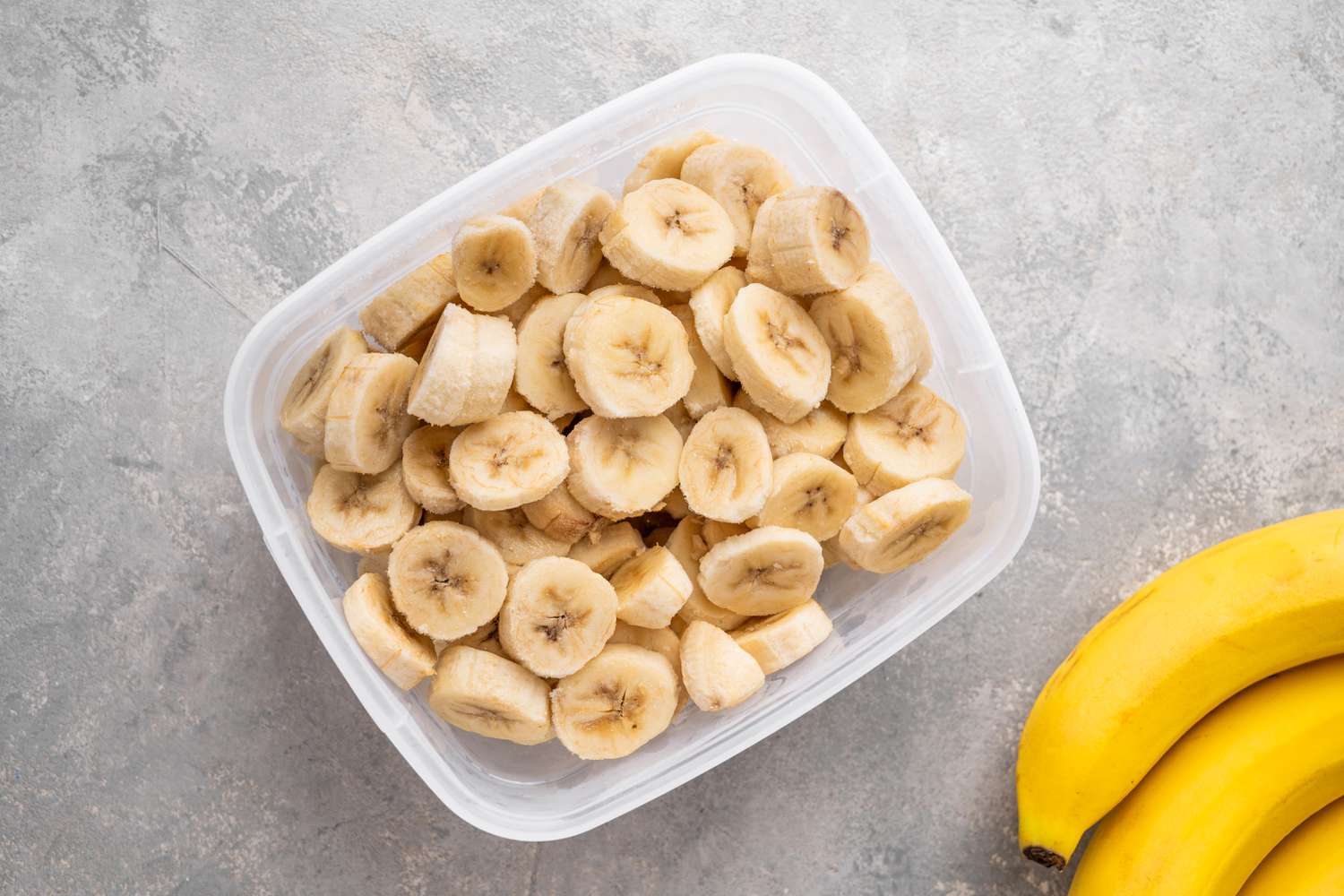
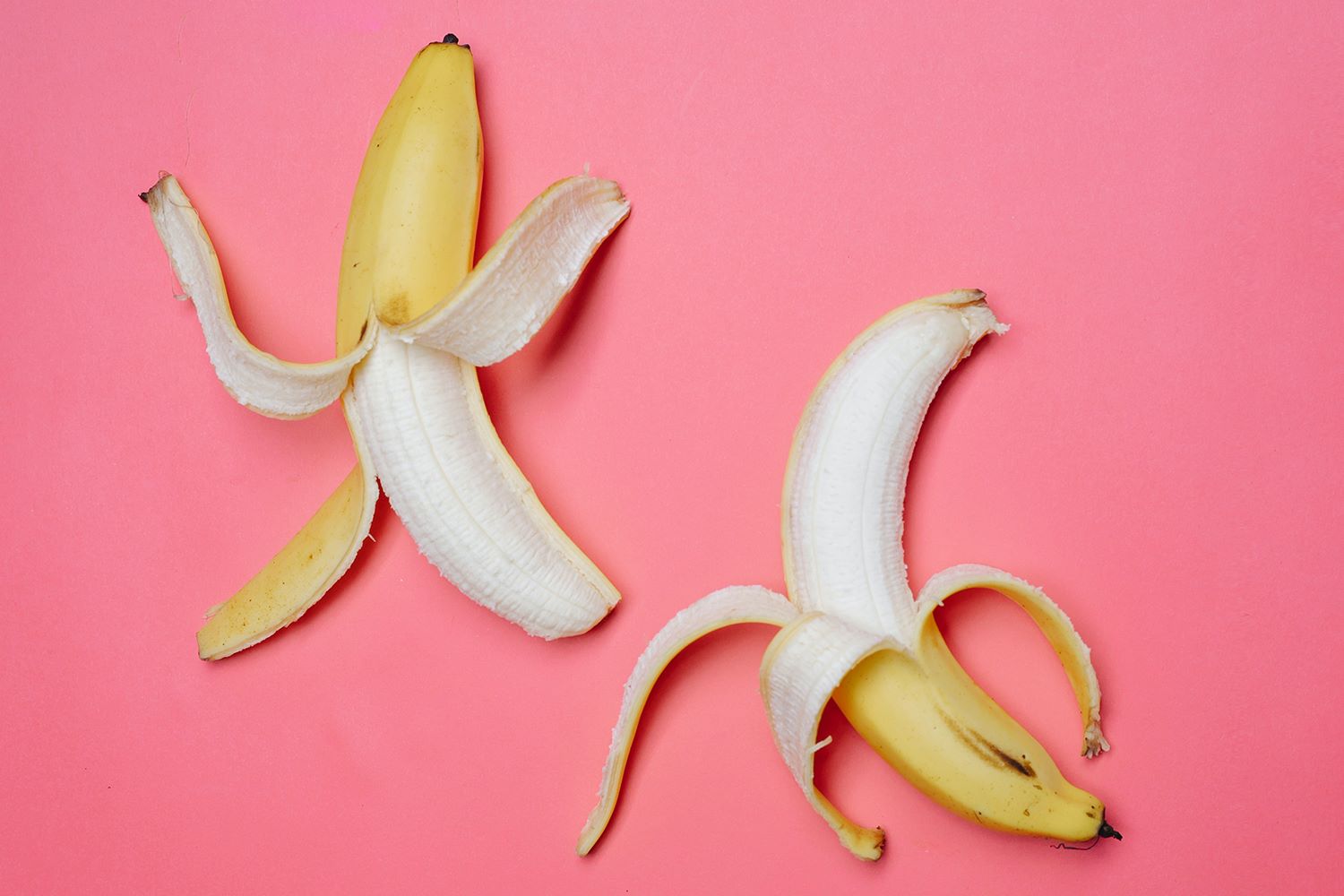
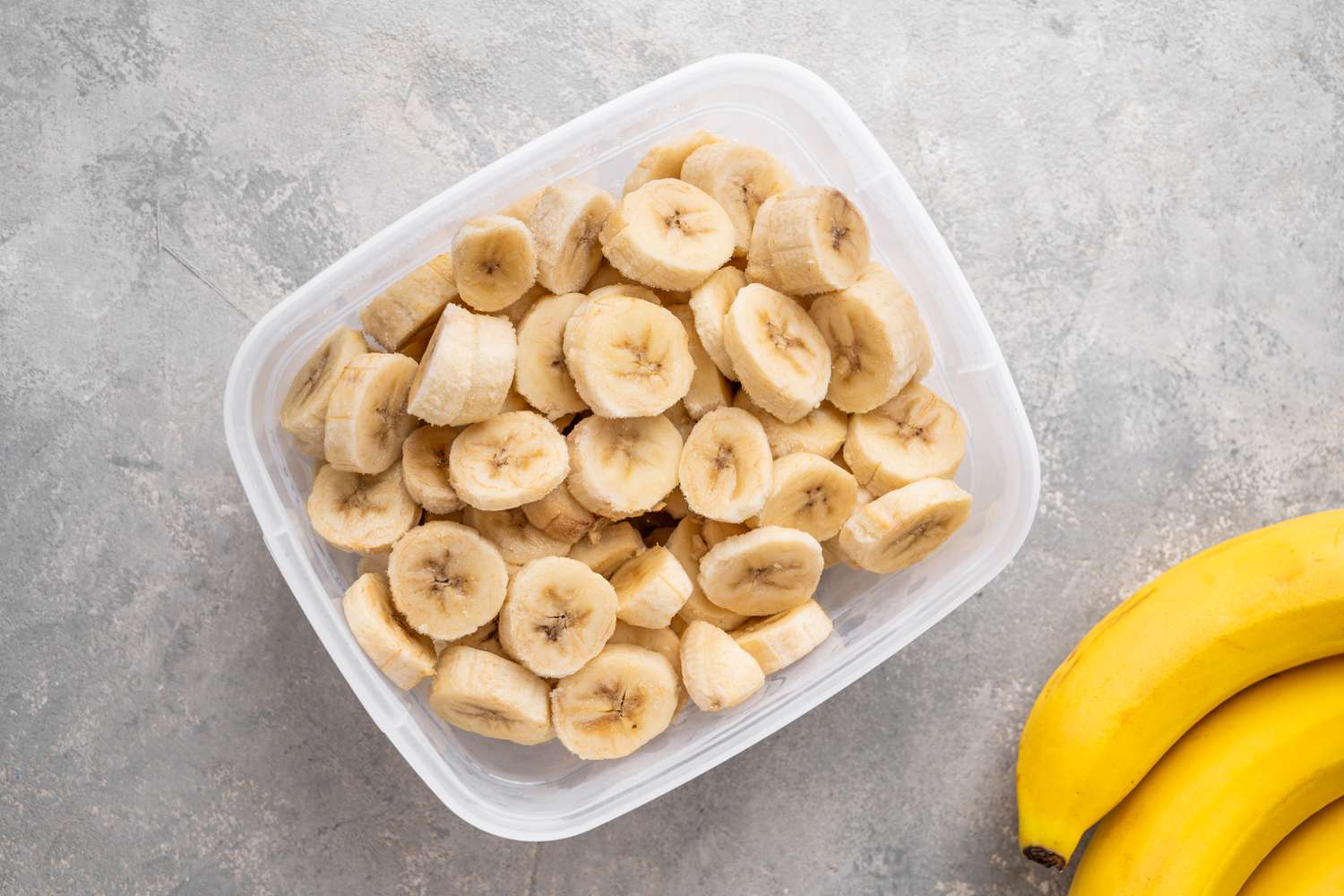

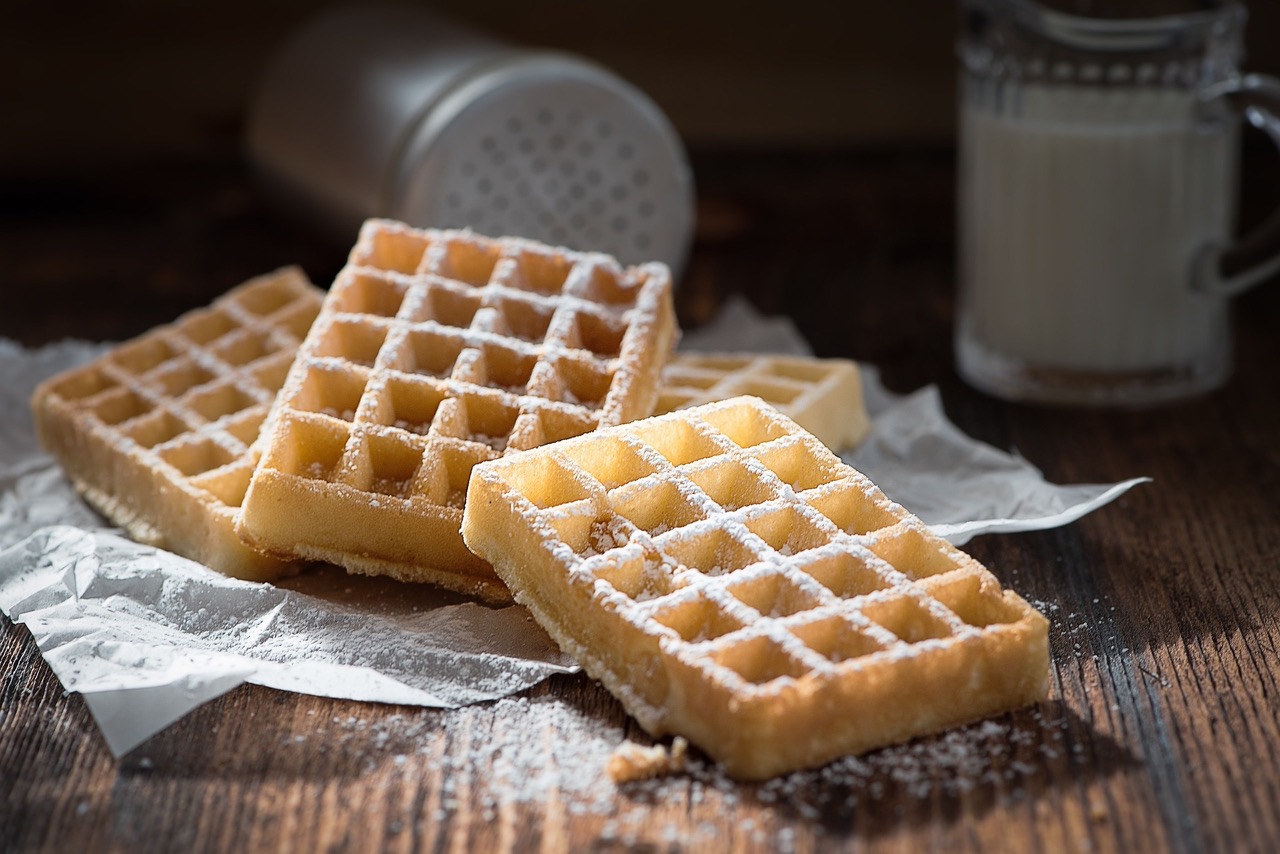
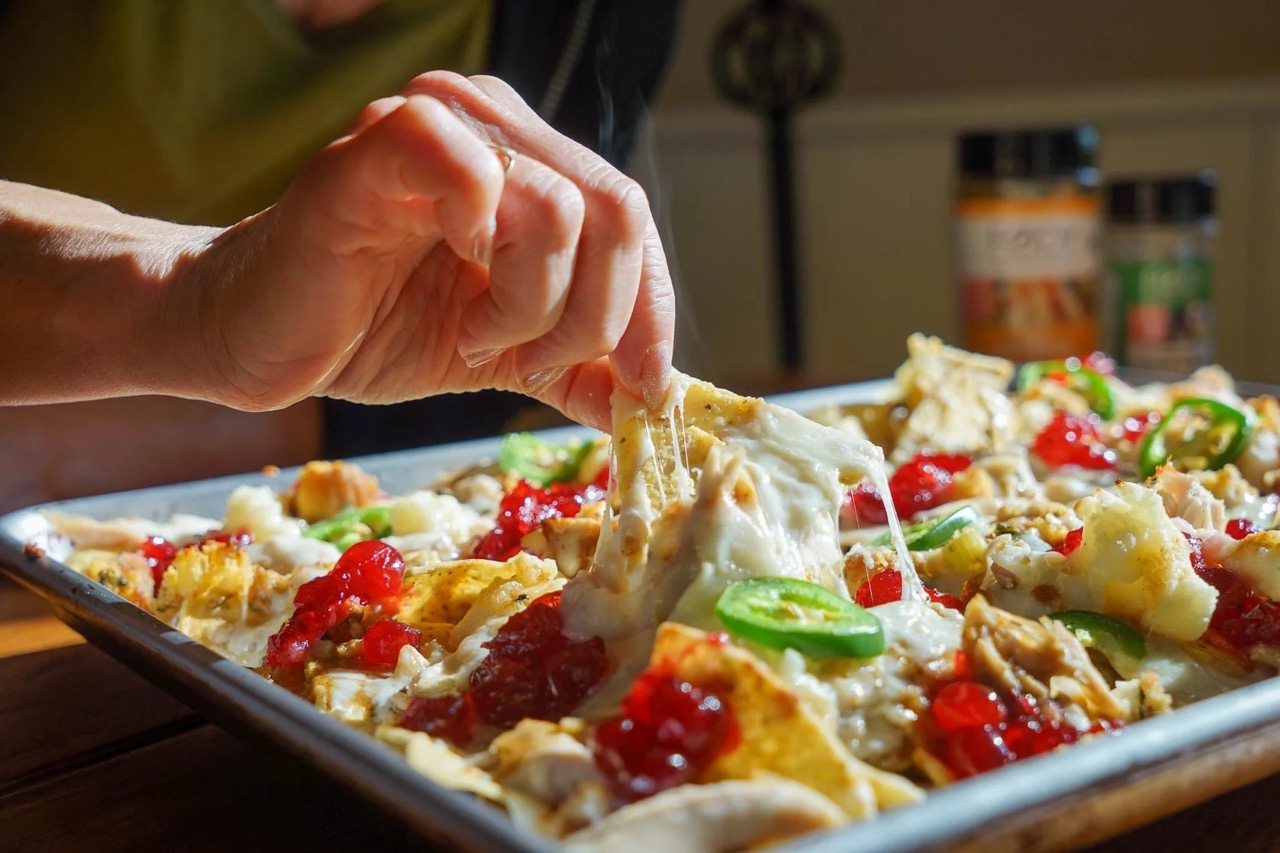
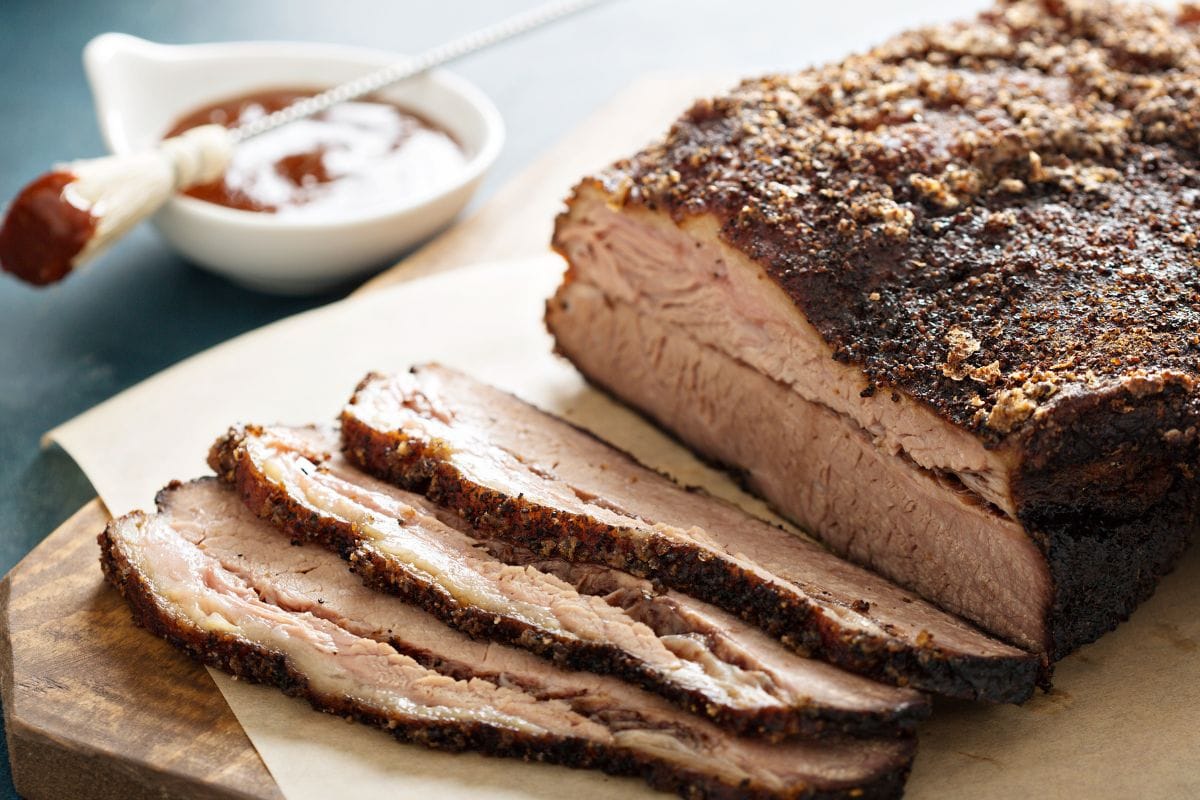
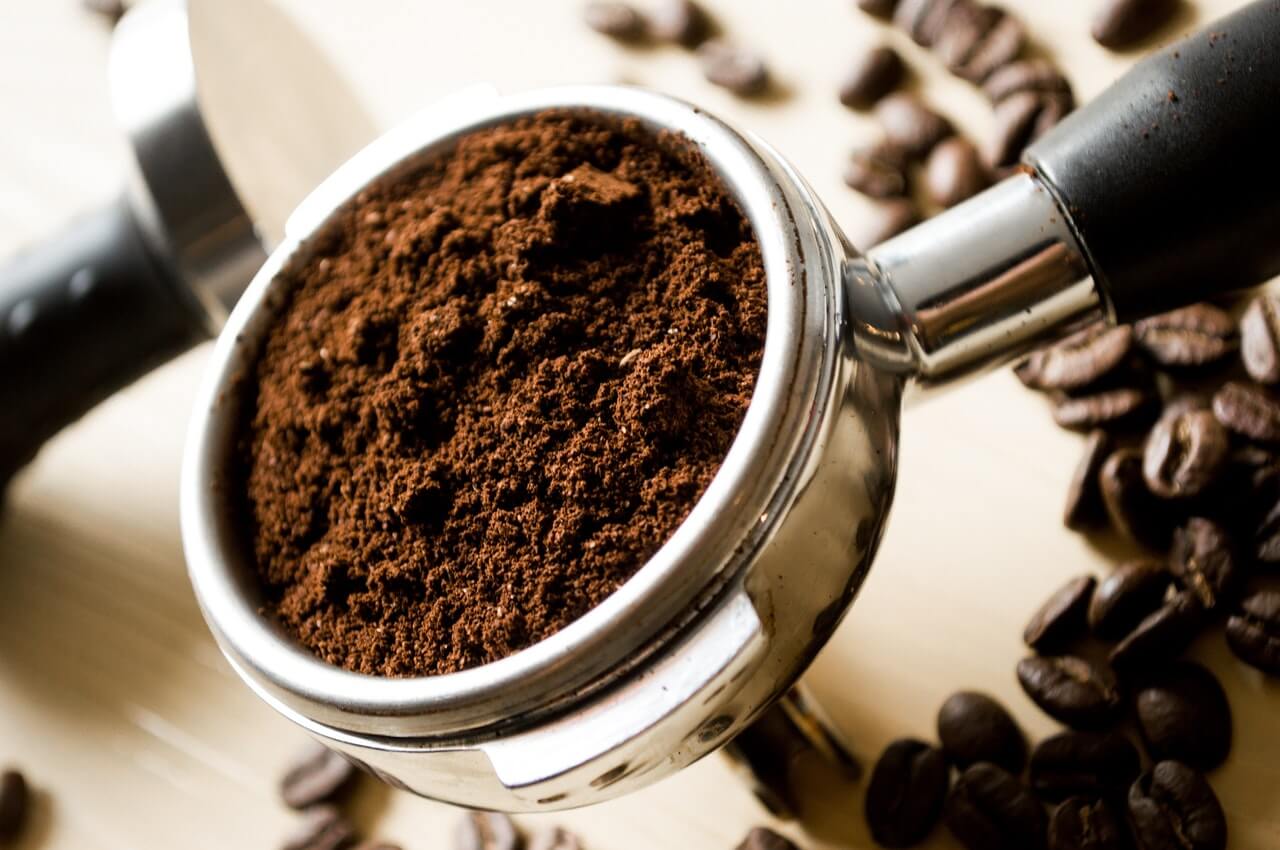
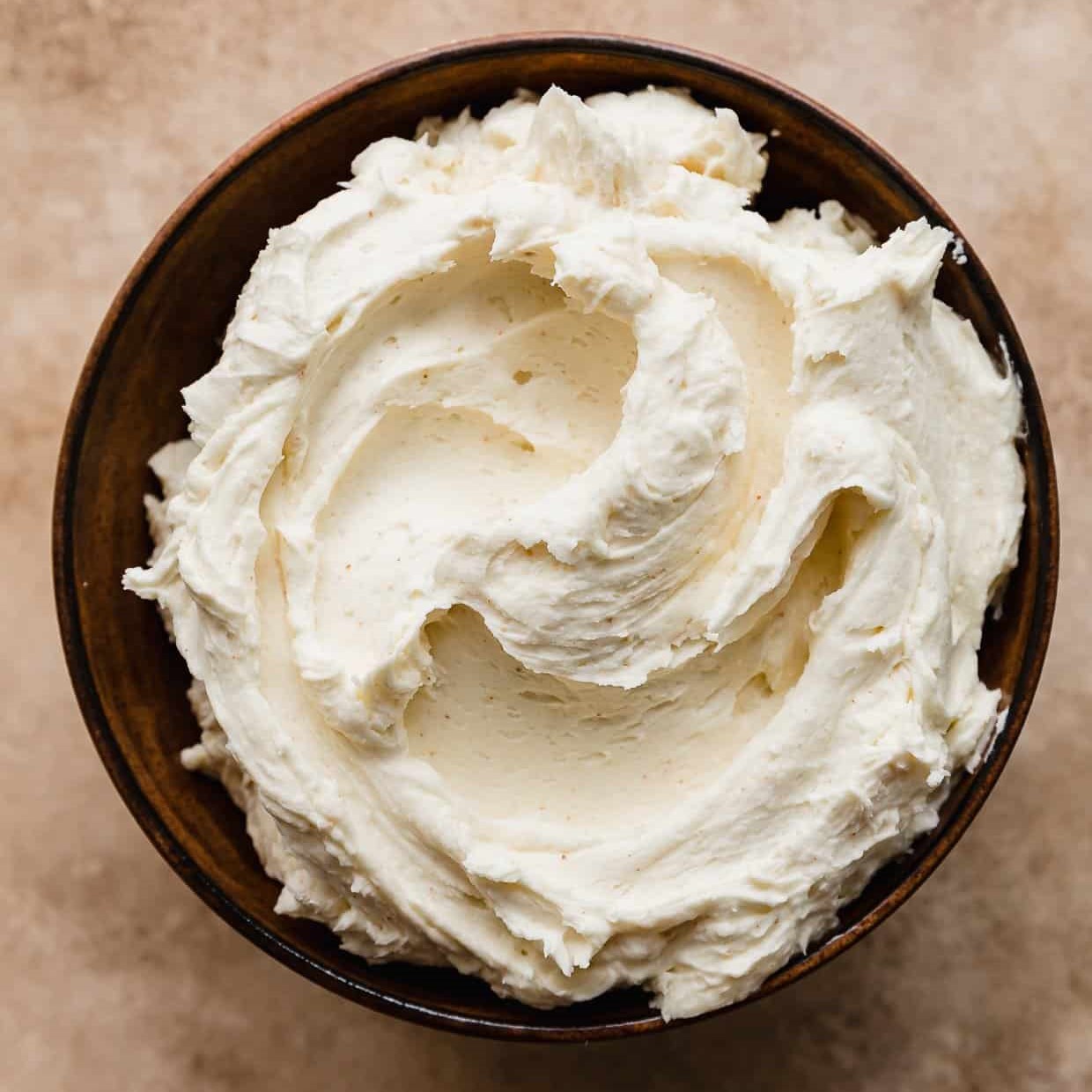
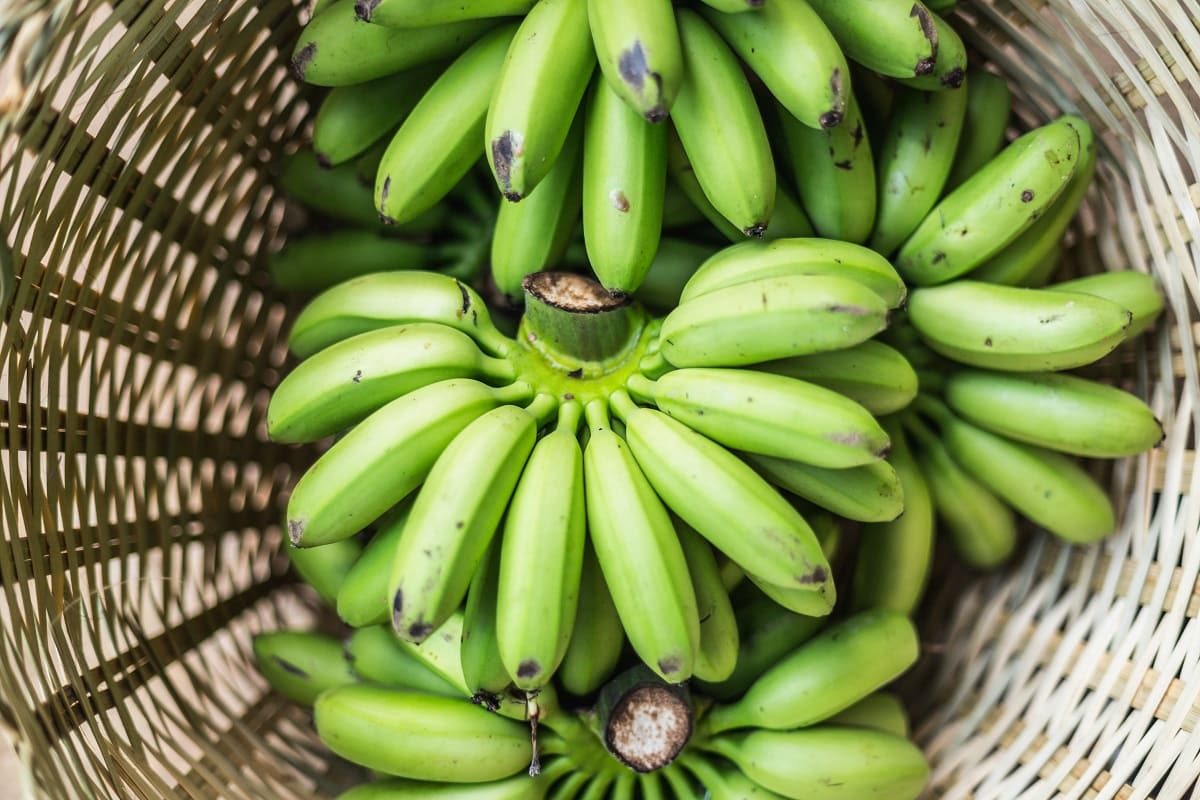
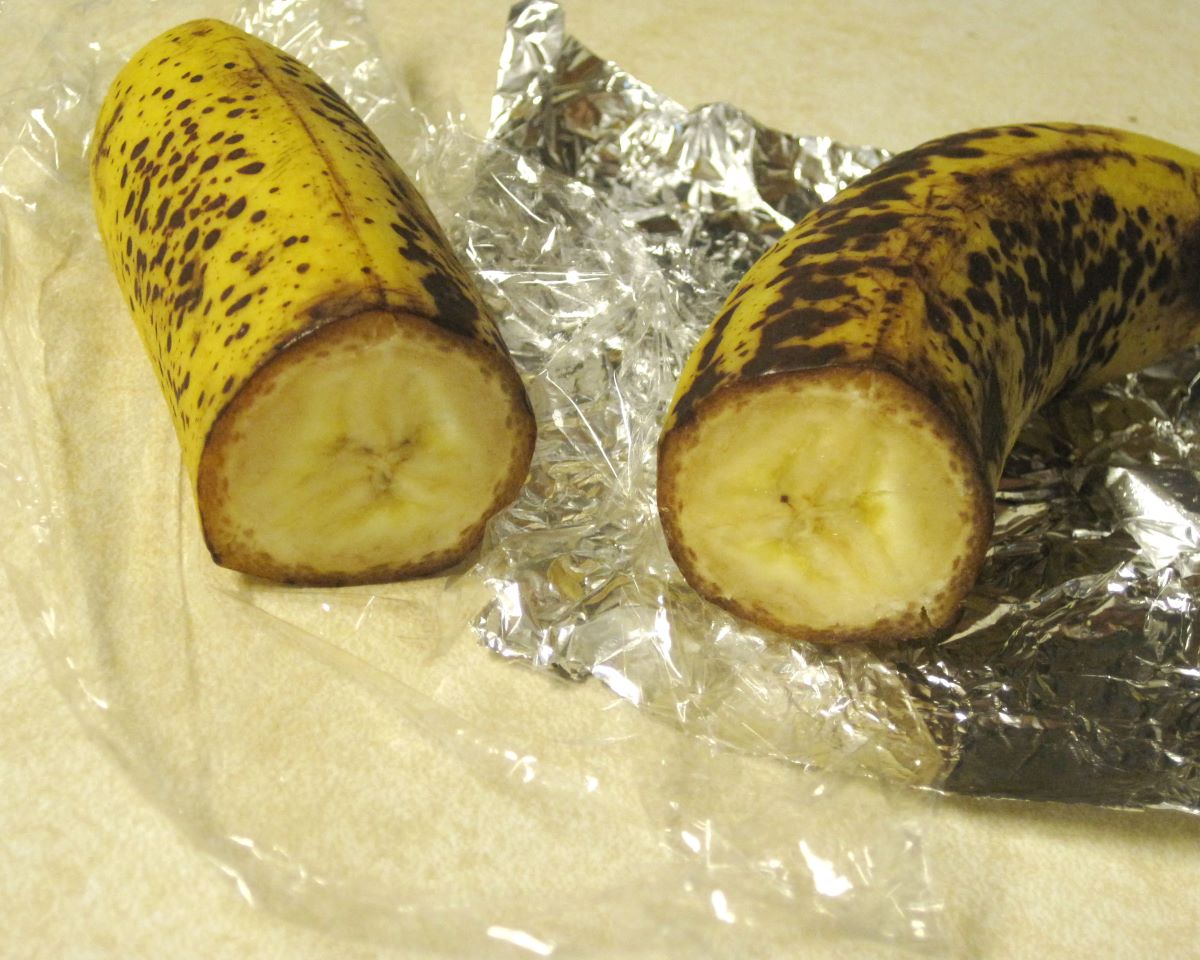
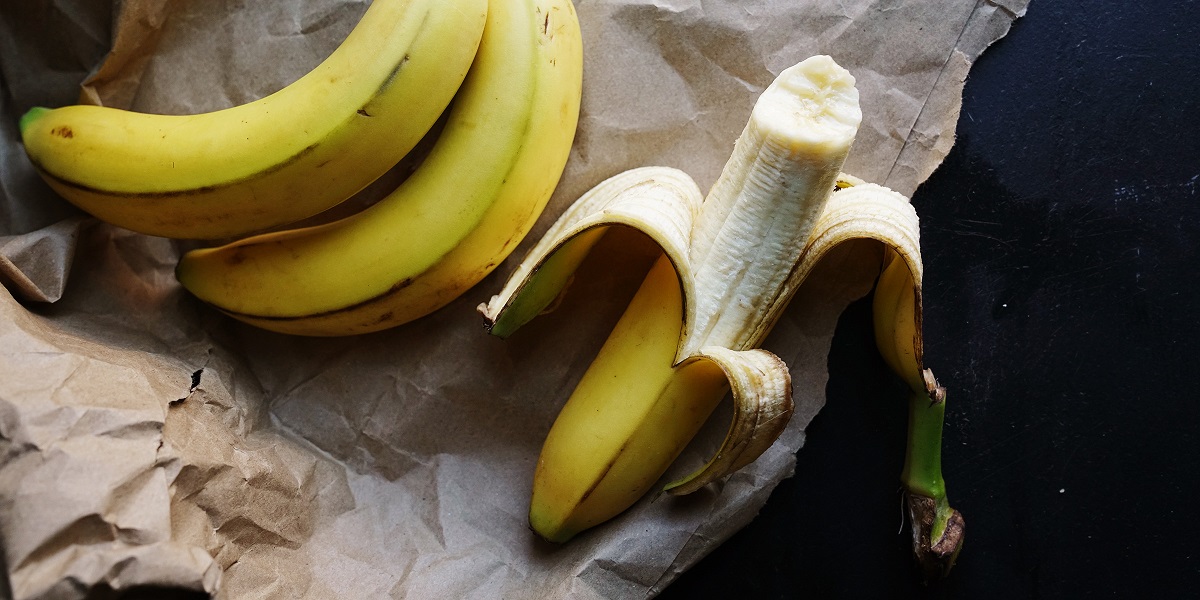
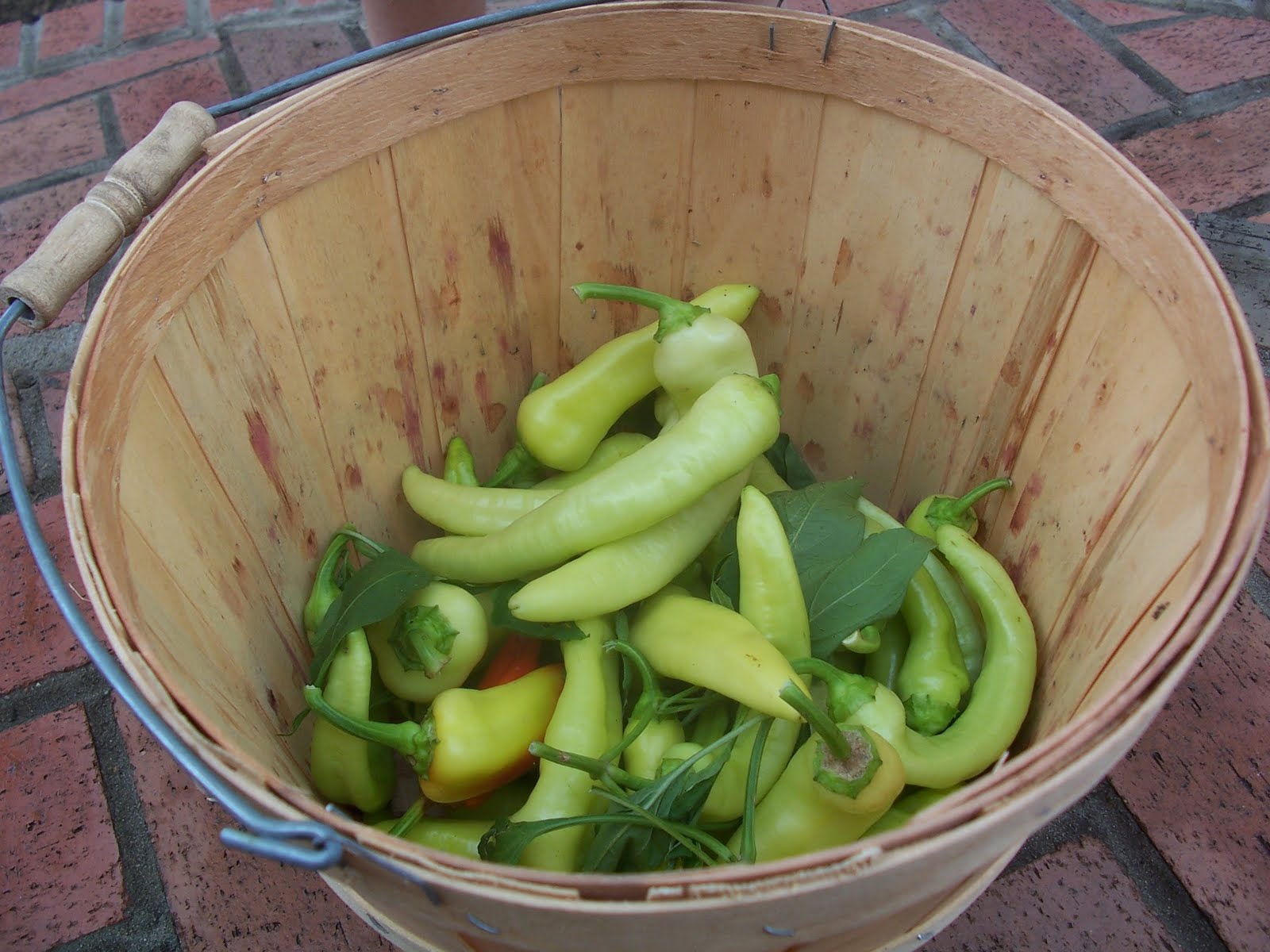
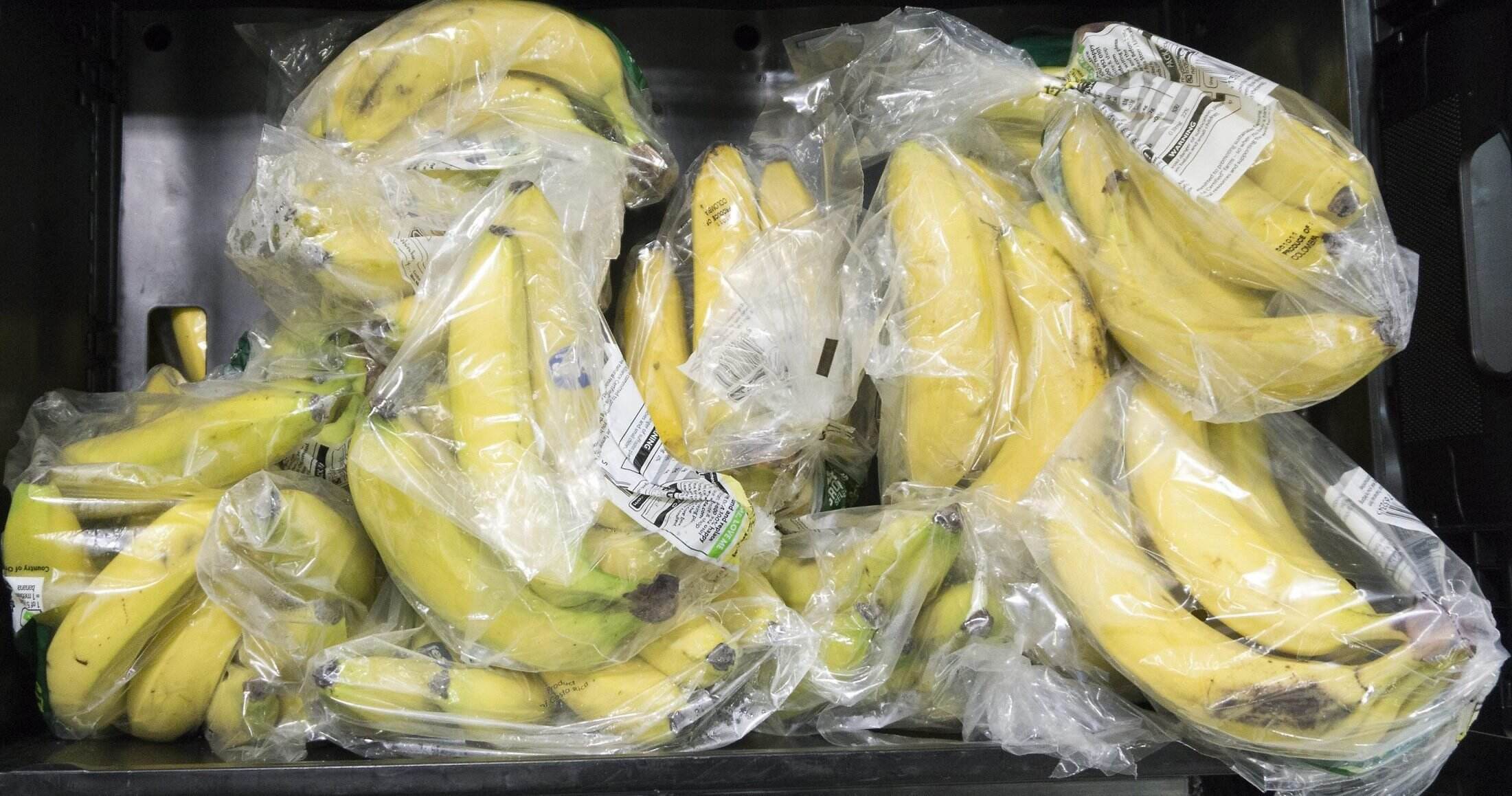

0 thoughts on “How To Store Leftover Banana”